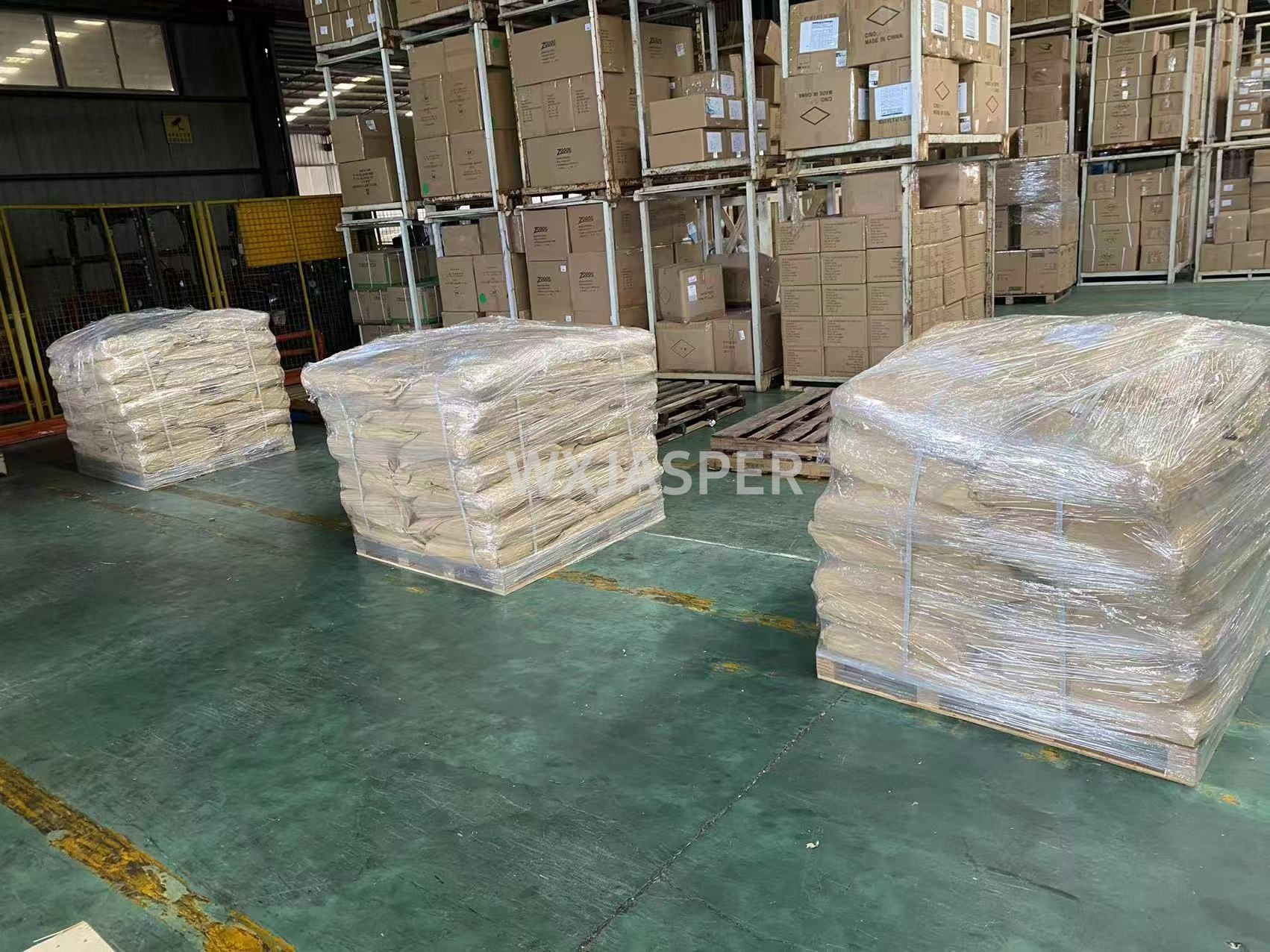Product Details
CasNo: 6834-92-0
MF: Na2O3Si
Appearance: White crystals
Delivery Time: 15 days
Packing: 25kg/bag
Purity: 98%
- Basic Information
- Chemical Formula: Na₂SiO₃. Hydrates include Na₂SiO₃·5H₂O, Na₂SiO₃·9H₂O, etc.
- Appearance: White crystals, and the anhydrous one is glass - like.
- Odor: Odorless.
- Physical and Chemical Properties
- Density: The density of anhydrous sodium metasilicate is about 2.61g/cm³, and that of sodium metasilicate pentahydrate is about 1.74g/cm³.
- Melting Point: The melting point of anhydrous sodium metasilicate is 1089℃, that of sodium metasilicate pentahydrate is 72.2℃, and that of sodium metasilicate nonahydrate is 41.6℃.
- Solubility1: It is easily soluble in water, insoluble in alcohol and acids. The solubility of sodium metasilicate pentahydrate is 50g/100g water at 20℃, and that of sodium metasilicate nonahydrate is 38g/100g water at 20℃.
- Acidity and Alkalinity: The aqueous solution is alkaline, and it has a high pH value. Among inorganic electrolytes, its active alkalinity and pH buffer index are relatively high.
- Product Classification
- Anhydrous Sodium Metasilicate: The molecular formula is Na₂SiO₃. It has uniform particles and a large specific surface area, with a high oil - absorption value, which is beneficial for removing oil stains. It has a large binding capacity for Ca and Mg ions, and has good compatibility and stability with organic chlorine and peroxides in detergents.
- Sodium Metasilicate Pentahydrate: The molecular formula is usually written as Na₂SiO₃·5H₂O. It is the most widely used and typical variety of sodium metasilicate. It has a certain ability to bind calcium and magnesium ions, especially a large binding capacity for magnesium ions.
- Sodium Metasilicate Nonahydrate: The molecular formula is Na₂SiO₃·9H₂O. The water of crystallization content is as high as 58%, and the dissolution speed is relatively fast. However, it will release crystal water at 30 - 40℃, and it is easy to autolyze and agglomerate during storage.
- Synthesis Method
- Usually, the water - glass solid is dissolved under high temperature and high pressure, reacted with caustic soda, and then the product is obtained through crystallization and separation. The wet filter cake is dried to get the finished product.
- It can also be prepared by the soda - ash method, that is, soda ash and silica sand are uniformly mixed in a certain proportion, and the melting reaction is carried out at 1400 - 1500℃. Then, it is prepared through subsequent steps such as water - quenching cooling, dissolution, sedimentation and concentration.
- Product Uses
- Detergent Industry: It is an efficient additive in washing powder, metal cleaners and dish - washing detergents. It can remove oil stains, disperse and wash off dirt, and can also be used as a stabilizer for peroxide bleaching.
- Ceramics Industry: It has lubricity and can be used in the production of ceramic green - body slip, which helps to improve the performance of the slip.
- Electroplating Industry: It can be added to the weak - alkaline chemical oxidation solution for aluminum and its alloys to improve the quality of the oxide film layer. It can also be used in the galvanizing electrolyte and the post - treatment of galvanized steel sheets, but the iron content should be controlled.
- Paper Industry: It can be used as a paper adhesive and deinking agent, and can also be used for paper surface treatment.
- Construction Industry: It is used as a setting accelerator for preparing acid - resistant mortar, acid - resistant concrete and cement. It can also be used as a cement additive to improve the fluidity and crack - resistance of concrete.
- Storage Method: Store in a cool, ventilated and dry warehouse. During transportation, it should be protected from moisture, rain and sunlight. Sodium metasilicate nonahydrate should be stored in a sealed, cool and dry place, and can also be stored in a tank. The container must be sealed.
- Toxicity: It is corrosive and should not come into contact with eyes, skin and clothes, and its vapor should not be inhaled. However, it is generally considered to be relatively safe within the reasonable use range, and it is a GRAS (Generally Recognized As Safe) substance (GMP; FDA, §184.1769a, 2000).


